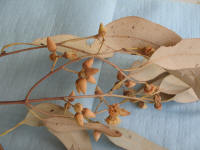|
|
Blue Gum(Eucalyptus tereticornis)
Also known as: Forest Red Gum, Queensland Blue Gum | |

| |
Some typical resin burls on Blue Gum trees around the highlands. | |
|
| |
|
| |
| |
|
| |
|
| |
|
| |
|
| |
Back to Top | |
|
|
Blue Gum(Eucalyptus tereticornis)
Also known as: Forest Red Gum, Queensland Blue Gum | |

| |
Some typical resin burls on Blue Gum trees around the highlands. | |
|
| |
|
| |
| |
|
| |
|
| |
|
| |
|
| |
Back to Top | |